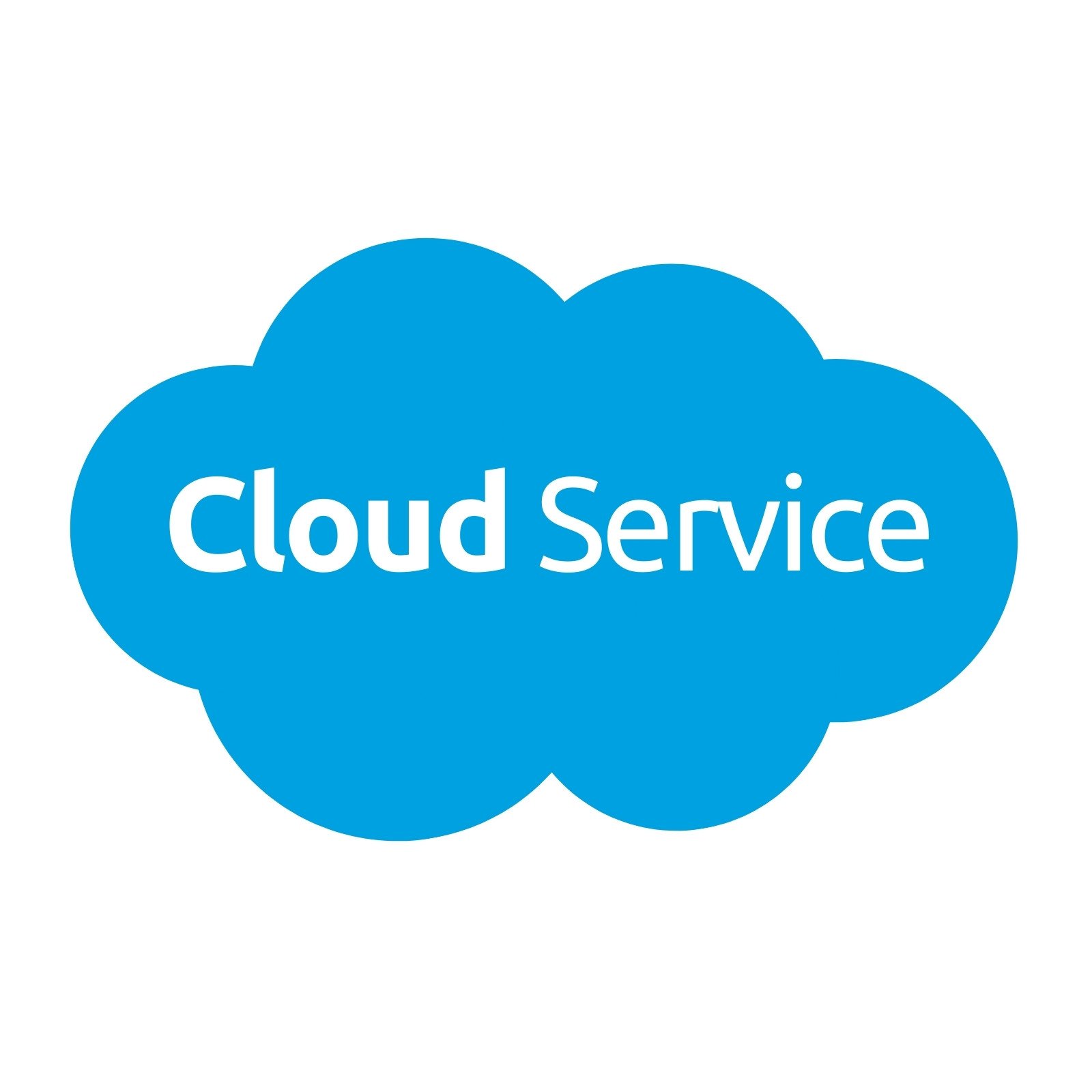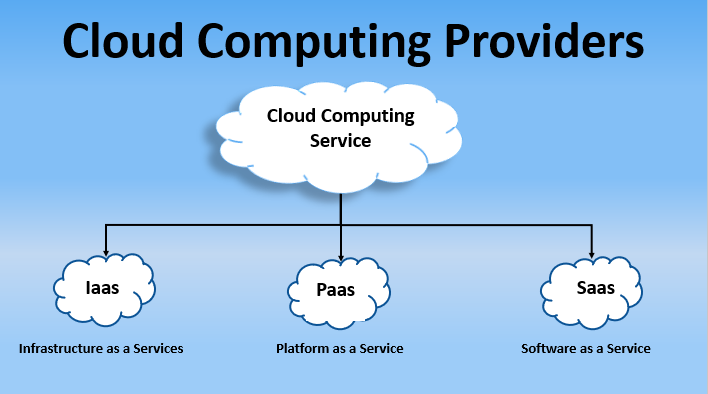Secure and Reliable: Optimizing Cloud Providers Benefit
In the fast-evolving landscape of cloud services, the intersection of security and efficiency stands as an important juncture for companies looking for to harness the full potential of cloud computer. The balance in between securing information and making sure structured procedures needs a critical strategy that demands a deeper exploration into the elaborate layers of cloud service monitoring.
Data File Encryption Ideal Practices
When carrying out cloud services, utilizing robust information security finest methods is critical to secure sensitive details effectively. Data encryption includes encoding information as if only licensed parties can access it, making certain confidentiality and security. Among the fundamental finest practices is to utilize strong encryption formulas, such as AES (Advanced Encryption Requirement) with secrets of sufficient length to shield data both en route and at remainder.
In addition, applying appropriate key administration approaches is necessary to keep the security of encrypted data. This consists of safely generating, keeping, and revolving file encryption secrets to prevent unapproved access. It is also essential to secure information not only throughout storage space but additionally during transmission in between users and the cloud provider to avoid interception by harmful stars.

Source Allotment Optimization
To make best use of the advantages of cloud services, organizations should concentrate on optimizing source allowance for effective procedures and cost-effectiveness. Resource appropriation optimization includes tactically distributing computing sources such as processing network, storage space, and power bandwidth to meet the varying needs of applications and workloads. By implementing automated resource allocation systems, companies can dynamically readjust resource distribution based upon real-time demands, guaranteeing optimum performance without unneeded under or over-provisioning.
Efficient source appropriation optimization leads to boosted scalability, as sources can be scaled up or down based on usage patterns, leading to boosted flexibility and responsiveness to altering service requirements. Furthermore, by accurately lining up sources with work needs, companies can minimize functional expenses by eliminating wastage and optimizing use effectiveness. This optimization likewise improves total system integrity and strength by stopping source bottlenecks and making certain that important applications obtain the needed resources to function smoothly. Finally, source allocation optimization is necessary for organizations seeking to utilize cloud solutions successfully and securely.
Multi-factor Authentication Implementation
Applying multi-factor authentication enhances the security posture of companies by needing added confirmation steps past simply a password. This included layer of safety dramatically minimizes the risk of unauthorized access to delicate data and systems.
Organizations can select from various methods of multi-factor verification, including text codes, biometric scans, equipment tokens, or authentication applications. Each technique offers its very own level of safety and security and convenience, enabling services to choose one of the most ideal alternative based on their distinct demands and sources.
Moreover, multi-factor authentication is essential in protecting remote access to cloud solutions. With the boosting trend of remote job, making certain that just accredited workers can access critical systems and information is extremely important. By carrying out multi-factor authentication, organizations can strengthen their defenses versus potential security violations and data burglary.

Catastrophe Recuperation Planning Approaches
In today's digital landscape, efficient catastrophe healing preparation approaches are crucial for organizations to minimize the influence of unforeseen interruptions on their procedures and information integrity. A robust calamity healing strategy involves recognizing potential risks, assessing their prospective influence, and applying aggressive actions to make sure organization continuity. One crucial facet of catastrophe recuperation planning is developing back-ups of crucial information and systems, both on-site and in the cloud, to Cloud Services allow speedy repair in situation of an event.
Furthermore, companies need to carry out normal testing and simulations of their disaster healing procedures to recognize any weaknesses and enhance feedback times. It is also vital to develop clear interaction procedures and designate responsible people or groups to lead recovery initiatives during a situation. Furthermore, leveraging cloud solutions for catastrophe recuperation can provide flexibility, cost-efficiency, and scalability contrasted to standard on-premises services. By focusing on catastrophe recovery planning, organizations can reduce downtime, protect their credibility, and keep functional resilience in the face of unanticipated events.
Performance Checking Devices
Performance tracking devices play a vital duty in supplying real-time insights right into the health and wellness and effectiveness of an organization's applications and systems. These tools enable organizations to track numerous performance metrics, such as response times, resource utilization, and throughput, permitting them to recognize traffic jams or potential concerns proactively. By continuously checking vital efficiency signs, companies can ensure ideal efficiency, identify trends, and make informed decisions to improve their total operational performance.
One popular efficiency surveillance tool is Nagios, understood for its capability to monitor servers, networks, and solutions. It provides thorough surveillance and informing services, making certain that any kind of discrepancies from set performance limits are promptly recognized and resolved. An additional commonly used tool is Zabbix, supplying tracking capacities for networks, servers, digital devices, and cloud services. Zabbix's straightforward interface and adjustable functions make it a beneficial possession for organizations looking for robust performance surveillance solutions.
Final Thought

In the fast-evolving landscape of cloud services, the crossway of security and performance stands as a critical time for organizations seeking to harness the complete capacity of cloud computer. The equilibrium in between protecting information and guaranteeing streamlined operations requires a critical strategy that necessitates a deeper exploration right into the elaborate layers of cloud solution management.
When executing cloud services, utilizing durable data encryption ideal practices is critical to protect sensitive info properly.To maximize the advantages of cloud services, companies have to focus on maximizing source allotment for reliable procedures and cost-effectiveness - universal cloud Service. In verdict, resource appropriation optimization is important for organizations looking to take advantage of cloud services effectively and firmly